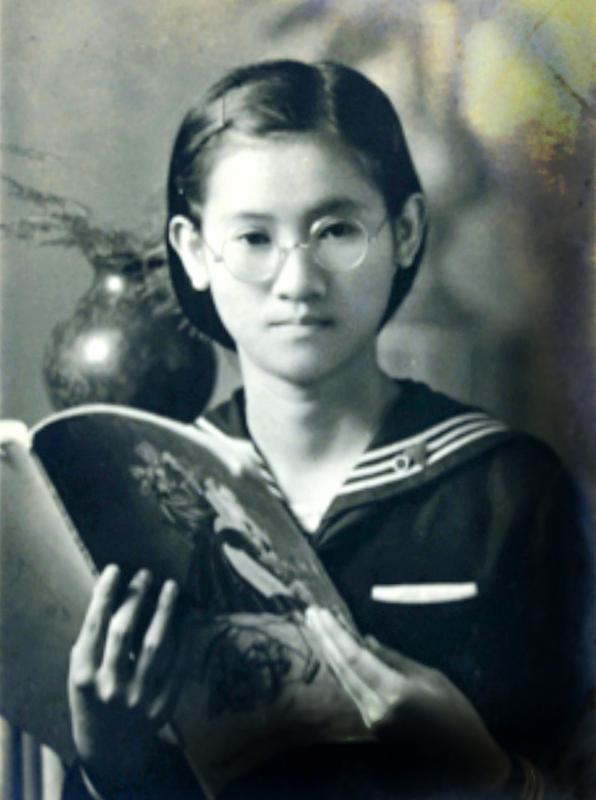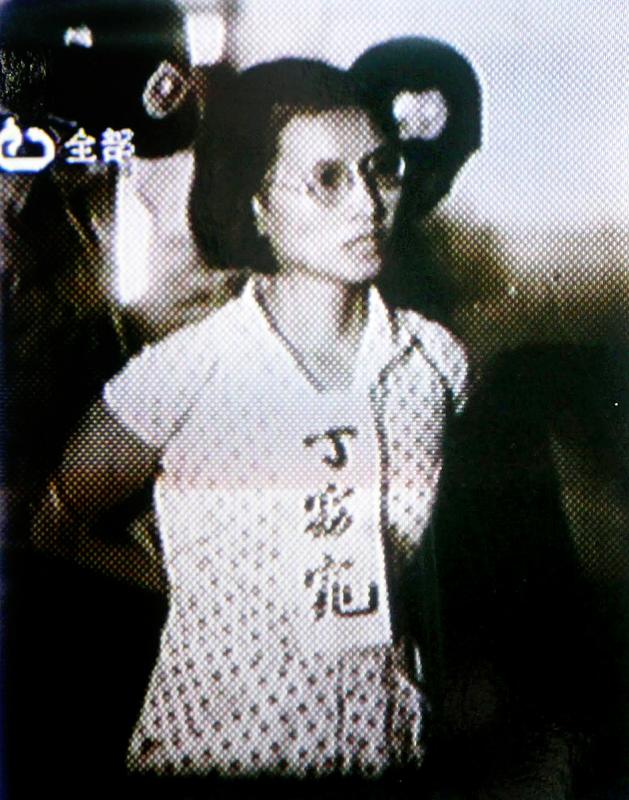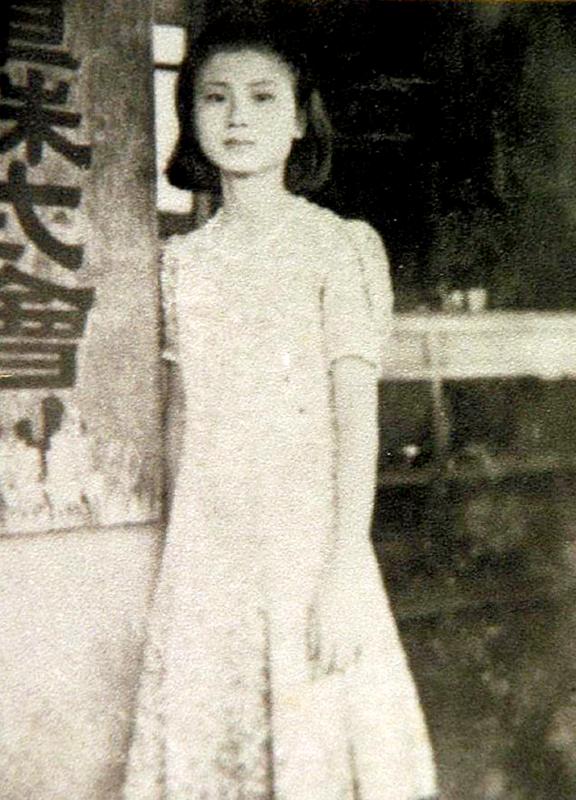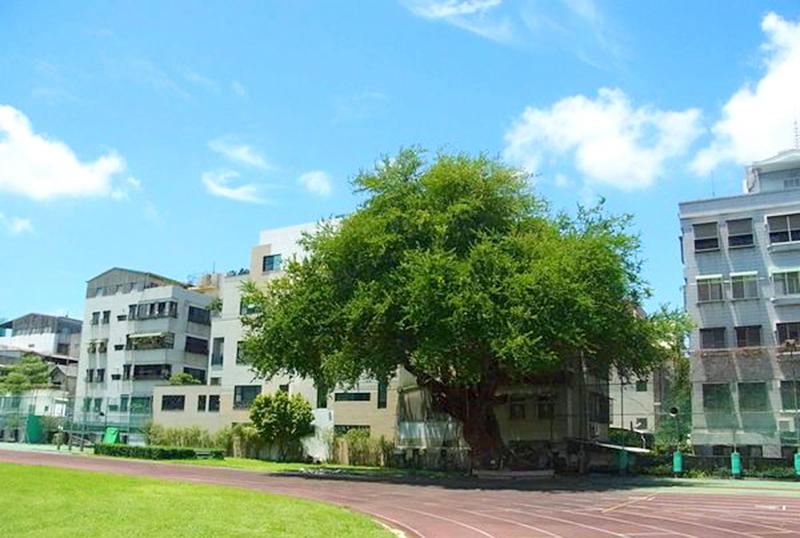July 19 to July 25
The little girl clutched on to her mother and repeatedly cried, “My mom isn’t a bad person, don’t execute her!” She was born and raised in prison, and most likely knew what it meant when an inmate was abruptly handcuffed and dragged away.
The guards ignored her cries, and Ting Yao-tiao (丁窈窕), her mother, met her end that day by firing squad.

Photo courtesy of Wikimedia Commons
It was July 24, 1956, two years after Ting and her close friend Shih Shui-huan (施水環) were arrested for allegedly spying for the “communist bandits.” Both women were executed that day, and later accounts indicate that they were likely innocent victims of a fabricated accusation. Ting was 28, Shih was 29.
Although the bulk of White Terror victims were men, there were also numerous women who were arrested and executed under suspicion of working for the Chinese Communist Party. According to Women and White Terror Political Incidents (女性與白色恐怖政治事件), a paper by Yang Tsui (楊翠), 26 women were confirmed to have been executed. The real number is probably higher. Like Ting and Shih, most of them were educated, working women in their 20s. Quite a few raised their children in jail.
Survivor Chang Chang-mei (張常美) recalls the terrible conditions and the torture they endured, and recalls watching at least seven cellmates being carted off to the execution grounds. She clearly remembers Ting’s daughter crying that day. In a 2015 Human Rights Museum documentary, where she was the only female interviewee, Chang says she will never forgive the government.

Photo courtesy of Wikimedia Commons
“I’m not that generous,” Chang says.
TROUBLE BREWING
Shih and Ting met while working for the Post, Telephone and Telegraph Administration in Taipei. They later served together at a post office in Tainan.

Photo courtesy of Wikimedia Commons
According to an article on the Taiwan Association of Truth and Reconciliation Web site, trouble began when a man began pursuing romantic relations with Shih. Ting had doubts about his character, and advised Shih to stay away from him. In revenge, the man tried to report Ting as a communist spy to the authorities after spotting a banned book on her desk.
Fortunately, Ting’s colleague Wu Li-shui (吳麗水) intercepted the letters and burnt them.
Several years earlier, the Post, Telephone and Telegraph Administration was caught up in a White Terror incident. According to government sources, the Chinese communists had sent two secret agents to Taiwan, who, with the help of Taiwanese communist Tsai Hsiao-chien (蔡孝乾), quickly infiltrated the office’s institutions and set up four cells under the guise of teaching Mandarin. Tsai joined the Chinese Nationalist Party (KMT) after he was arrested in 1950, which led to the exposure of the operation. Up to 35 people from the Post, Telephone and Telegraph Administration’s Taipei office were arrested as a result.

Photo courtesy of Wikimedia Commons
Two years later, Shih’s younger leftist brother Shih Chih-cheng (施至成) ran afoul of the government and went into hiding. He spent two years living in the ceiling of Shih’s residence.
In 1954, the authorities continued their purge of the Post, Telephone and Telegraph Administration by raiding its branch in Tainan. This was allegedly sparked by the detainment of an employee in Keelung, who admitted to badmouthing the government but added that he had heard these things from Wu while working in Tainan. Wu was soon arrested, and after being severely tortured, he admitted to burning the letters and committing other crimes of subversion.
Ting’s verdict states that she was sent by the communist agents in the Taipei office to establish a youth branch in Tainan, with Wu serving as secretary. Shih was accused of joining the branch and introducing two “bandits” to Ting.
AWAITING THEIR FATE
There is no evidence that this branch, nor several of the organizations mentioned in the verdict, ever existed. Coworker Lei Shui-chuan (雷水湶), who managed to avoid his own death sentence, claims that the secret police made everything up.
Ting was likely arrested because of the letters, and Shih was probably nabbed for harboring her brother. He fled after her arrest, and while several people served significant jail time for helping him, he was never found.
Shih wrote 68 letters to her family during her incarceration.
“Don’t you worry, I believe that a righteous judge will clear our name from this disaster. We are law-abiding citizens, and we would never dare do anything that was against the law,” she wrote in her third letter sent in October 1974.
This judge never appeared, and Shih’s condition deteriorated as she suffered from stomach pain and insomnia, and her right eye was seriously damaged during an interrogation session.
Both Ting and Shih worked in a sewing factory on the prison grounds. In her last letter back home, Shih asked her sister to send her some cloth with cute patterns to give to one of the prison children. She had converted to Christianity at the urging of her mother several months earlier.
“Every morning, I do what mother says and read the bible and pray for God’s grace,” she writes. “I hope that God’s grace falls upon our whole family. Amen.”
She was executed two days later.
One day in the hospital infirmary, Ting ran into her former lover Kuo Chen-chun (郭振純), who was awaiting sentencing for allegedly participating in seditious activities. Ting told Kuo that she had left a cigarette box in the field and asked him to retrieve it the next day. Inside it was a lock of her hair and a farewell letter.
Kuo was released from jail in 1975, and he buried the lock of hair under a Madras thorn tree at Ting’s alma mater, Tainan Girls’ Senior High School. The tree collapsed in 2015 during a typhoon, but it was revived and still stands today.
Taiwan in Time, a column about Taiwan’s history that is published every Sunday, spotlights important or interesting events around the nation that either have anniversaries this week or are tied to current events.

Beijing’s ironic, abusive tantrums aimed at Japan since Japanese Prime Minister Sanae Takaichi publicly stated that a Taiwan contingency would be an existential crisis for Japan, have revealed for all the world to see that the People’s Republic of China (PRC) lusts after Okinawa. We all owe Takaichi a debt of thanks for getting the PRC to make that public. The PRC and its netizens, taking their cue from the Chinese Communist Party (CCP), are presenting Okinawa by mirroring the claims about Taiwan. Official PRC propaganda organs began to wax lyrical about Okinawa’s “unsettled status” beginning last month. A Global

Dec. 22 to Dec. 28 About 200 years ago, a Taoist statue drifted down the Guizikeng River (貴子坑) and was retrieved by a resident of the Indigenous settlement of Kipatauw. Decades later, in the late 1800s, it’s said that a descendant of the original caretaker suddenly entered into a trance and identified the statue as a Wangye (Royal Lord) deity surnamed Chi (池府王爺). Lord Chi is widely revered across Taiwan for his healing powers, and following this revelation, some members of the Pan (潘) family began worshipping the deity. The century that followed was marked by repeated forced displacement and marginalization of

Music played in a wedding hall in western Japan as Yurina Noguchi, wearing a white gown and tiara, dabbed away tears, taking in the words of her husband-to-be: an AI-generated persona gazing out from a smartphone screen. “At first, Klaus was just someone to talk with, but we gradually became closer,” said the 32-year-old call center operator, referring to the artificial intelligence persona. “I started to have feelings for Klaus. We started dating and after a while he proposed to me. I accepted, and now we’re a couple.” Many in Japan, the birthplace of anime, have shown extreme devotion to fictional characters and

Youngdoung Tenzin is living history of modern Tibet. The Chinese government on Dec. 22 last year sanctioned him along with 19 other Canadians who were associated with the Canada Tibet Committee and the Uighur Rights Advocacy Project. A former political chair of the Canadian Tibetan Association of Ontario and community outreach manager for the Canada Tibet Committee, he is now a lecturer and researcher in Environmental Chemistry at the University of Toronto. “I was born into a nomadic Tibetan family in Tibet,” he says. “I came to India in 1999, when I was 11. I even met [His Holiness] the 14th the Dalai